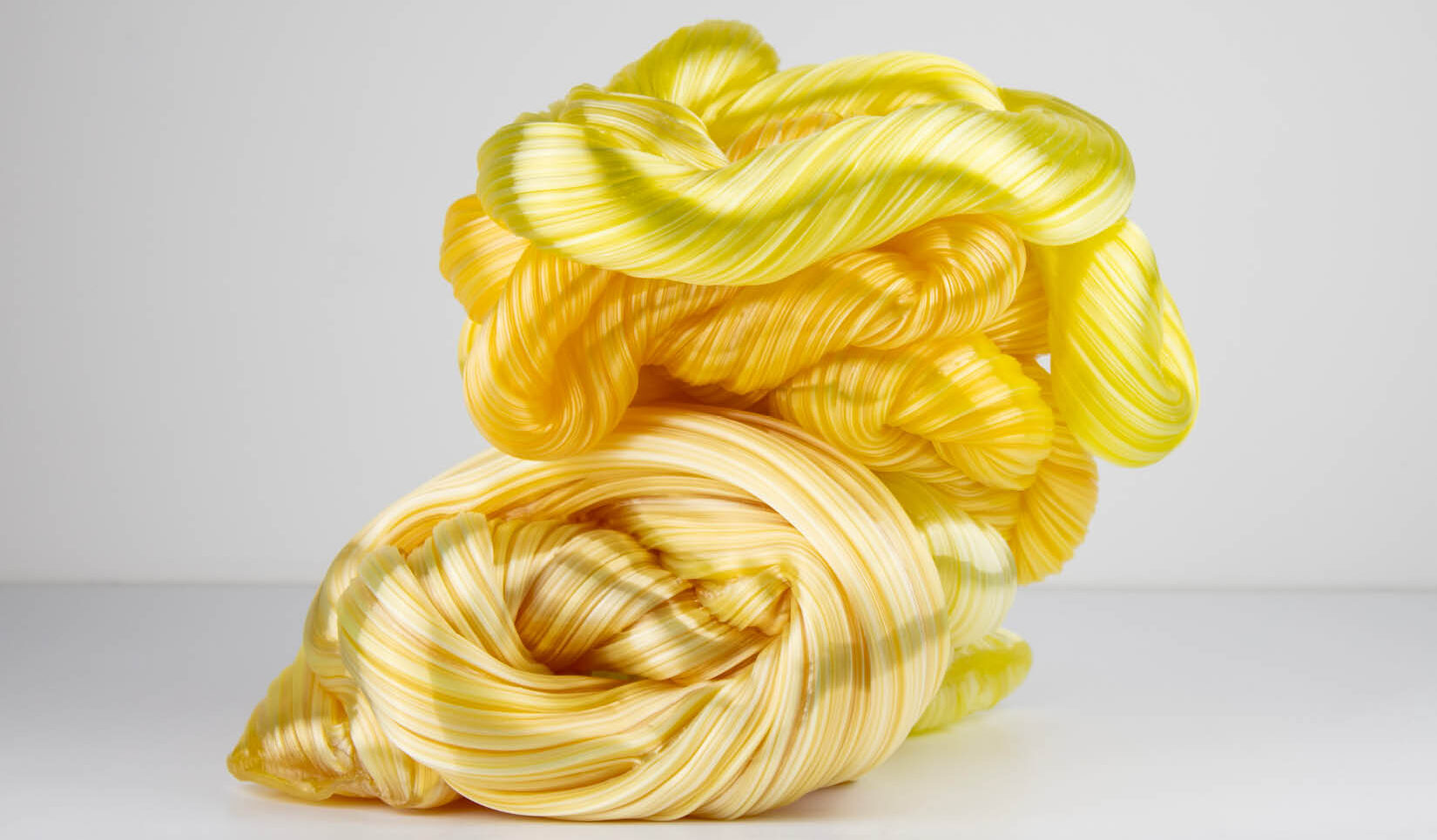The long and rich history of Swedish glass art has encompassed both innovation and tradition, prestige and simplicity, prosperity and decline. Today, 100 years after the heyday of the Swedish Grace movement, it is entering a new era. A generation of bold artists are questioning established traditions and conventional approaches and celebrating shapes, colours and desire.
A bit of history
The 20th century was a golden age for Swedish style and design. During the 1910s, the Swedish Crafts Association (Svensk Slöjdförening) launched the concept of ‘beautiful everyday items’ (vackrare vardagsvara) that has remained the hallmark of Swedish design. This vision of ‘beauty for all’ and ‘everyday beauty’ helped shape not only the way that Swedish people see themselves but also international perception of Swedish taste and identity. The idea was to enhance the home with functional and simple design at an affordable price. This everyday aesthetic was intended to educate people in artistic values and promote intellectual elevation through the senses.
Through a series of national and international exhibitions, the concept of beautiful everyday items developed, leading to an international breakthrough for Swedish handmade and mass-produced art at the International Exhibition of Modern Decorative and Industrial Arts in Paris in 1925. This success resulted in a rise in exports and international recognition of the good taste, elegance and high quality of Swedish glassware. The style became known as Swedish Grace.
Toward a new ecosystem
Sweden has a long and proud glassmaking tradition. The first glassworks were founded in the mid-17th century and the Kosta glass factory, still in operation, was established in 1742. The glass industry was focussed mainly on the southeastern region of Småland, due to its abundant forests, which fuelled the furnaces long before the arrival of gas and electricity.
Over the centuries, Småland became known as the ‘Kingdom of Crystal’ (Glasriket), but the last fifteen years have been marked by major disruptions. The glass industry has significantly diminished as production has been delocalised to countries with lower salaries. Many of the most famous glassworks have closed, including both Åfors and Orrefors in 2013.
In the wake of this wavering industry, however, a new ecosystem has emerged. Small,
independent, well-equipped glass workshops have opened, adapted to artistic production as well as small design series. Artists can rent a studio to produce their own works, and qualified personnel are on hand to assist them. This process of democratisation and increased accessibility has fundamentally transformed the Swedish glass sector.
Breaking free from industrial expectations of productivity has generated a wealth of new artistic expressions. Glass becomes a means of exploring, discussing and
describing the world.
The artists featured in this exhibition embody and highlight this paradigm shift.
Curator: Markus Emilsson
The opening will take place on Saturday 6 September, from 6 pm to 8 pm.
As part of Paris Design Week and the Traversées du Marais Festival.
Our thanks to the Swedish Embassy in France.
Special thanks to the friends and benefactors of the Institut suédois for their generous support.
Useful information
Free admission, no prior reservation required
